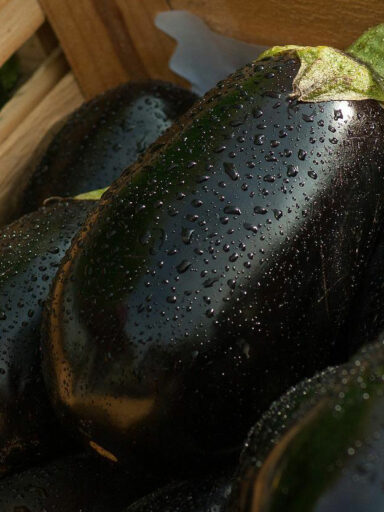Garlic is a root herb closely related to the onion, shallot, leek, chive, and rakkyo. It is native to central Asia and is very common in the Mediterranean region, Africa, and Europe as well.
In culinary contexts, it is best used to add flavoring to foods. The bulbous plant grows up to about 1.2 m or 4 ft in height and grows throughout the year in mild climates. It does well in loose, dry, well-drained soils in sunny weather that contains composted organic manure.
It can be stored at room temperature for several days. Once peeled the cloves can be stored in vinegar or wine in a refrigerator to keep fresh. Fresh cloves appear white in color and should be firm to press and have a sheen. They should not be soggy, soft, or appear withered. The clove should also not be found to be germinating.
Garlic used in Cooking Recipes
It is common to find Garlic being used around the world. It is appreciated for its pungent flavor as a seasoning or condiment. The bulb is the part of the plant used in culinary art even though other parts of the plant are still edible.
Garlic is prepared by peeling off the thin skin surrounding the bulbs. The fleshy part of the bulb can be chopped or mashed and used in dishes.
Garlic shines best in a recipe that also includes onion, tomato, or ginger. The bulbs can also be oven roasted whole in an oven. It can be used to prepare spreads and salad dressing alike.
It is also an important ingredient in the preparation of seasonal soup, chutney, and sauce preparations.
Health benefits of Garlic
Garlic comes packed with vitamins, minerals, and anti-oxidants. Anti-oxidants include carotene beta and zeaxanthin. It also has plenty of vitamin B6 (pyridoxine), vitamin B1 (Thiamin), and vitamin C. It has less vitamin B2 (riboflavin), vitamin B3 (niacin), and vitamin B5 (pantothenic acid).
It also comes packed with manganese, copper, iron, phosphorous, calcium, zinc, and selenium.




